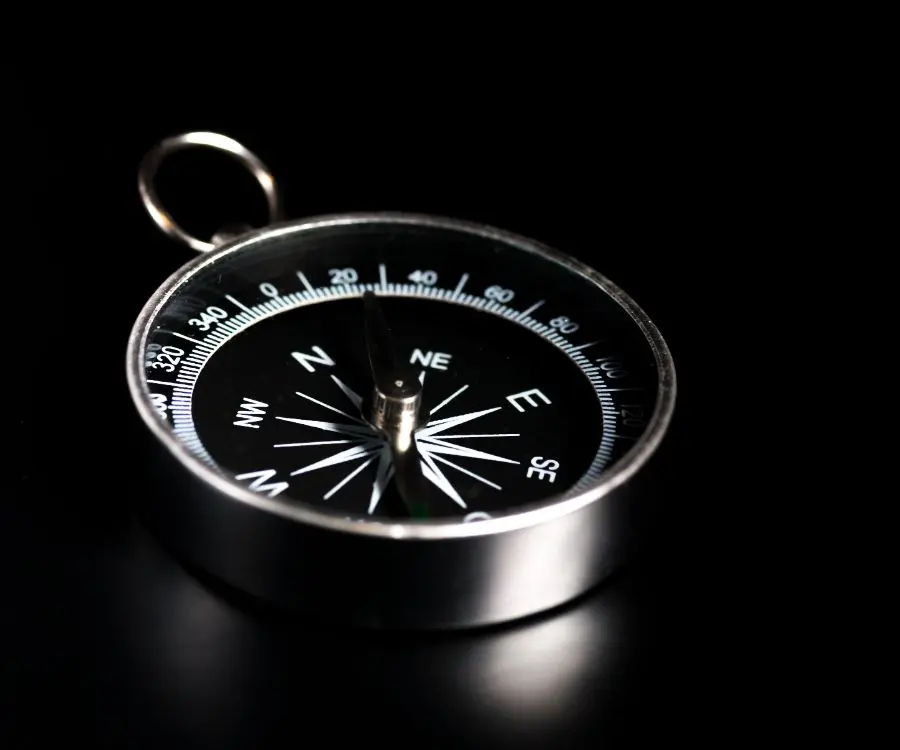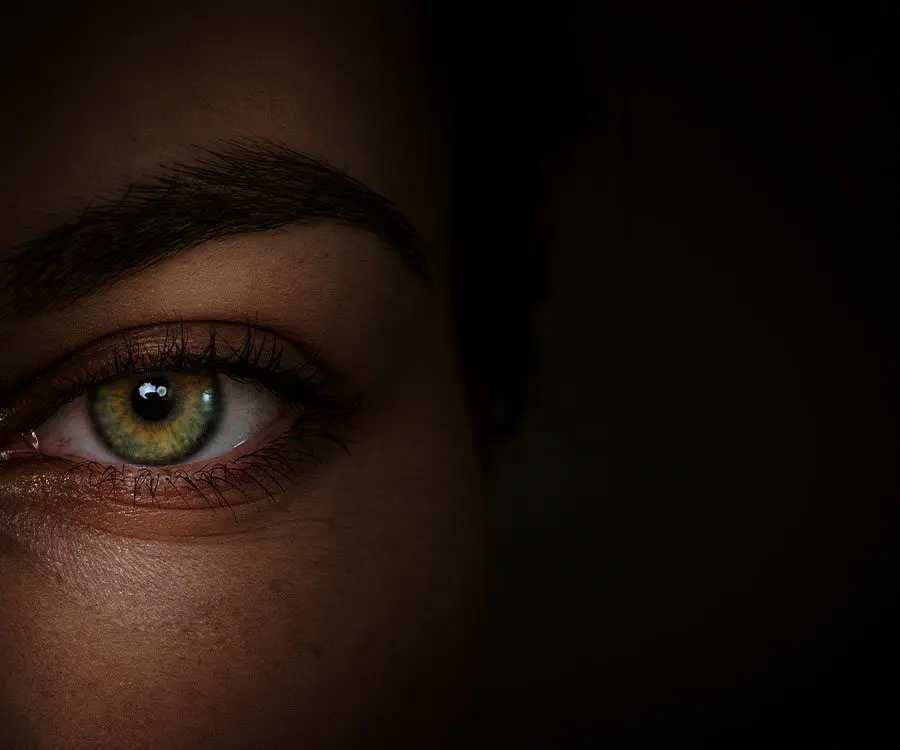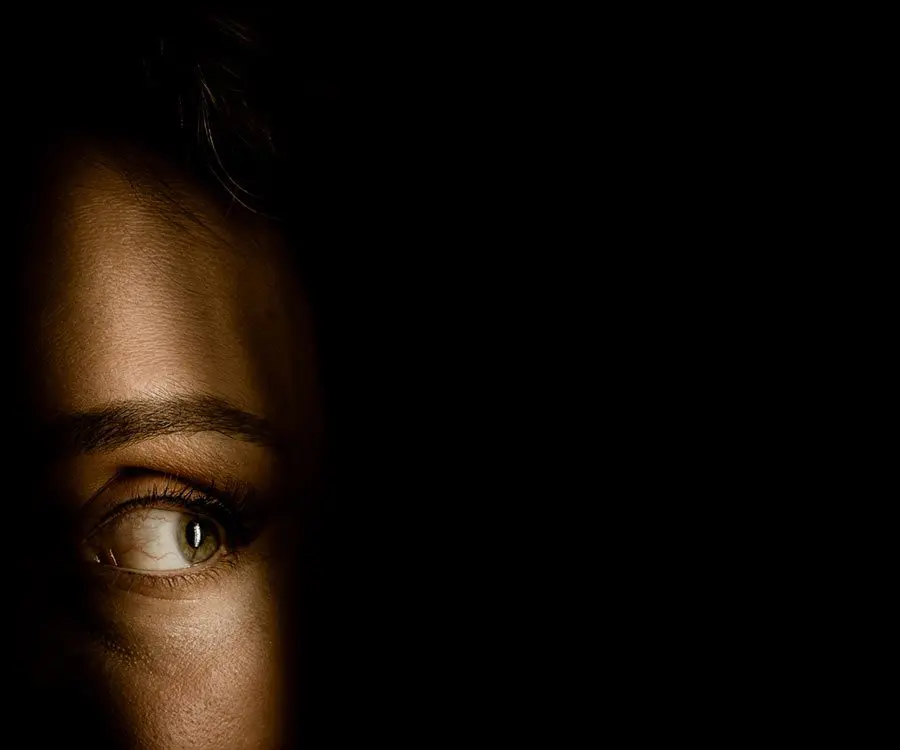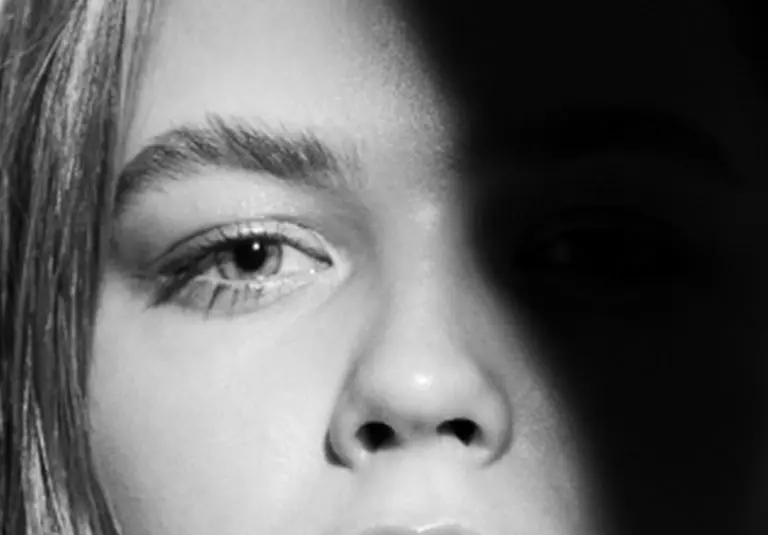
- Uncategorised

- News
Eye Condition Focus: Hyperopia
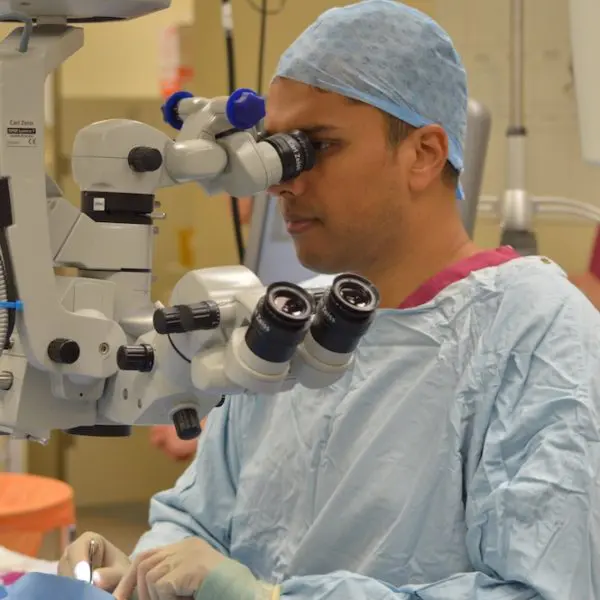
Each month, LaserVision highlight a different eye condition with the aim of raising awareness of the symptoms while providing information on the cause and possible treatments available at LaserVision. This month, we are highlighting the common refractive error, hyperopia, more commonly known as long sight.
What is Hyperopia?
Hyperopia is the technical term for long sightedness, a common refractive error which varies in its degree of severity.
Symptoms:
Long-sightedness means being able to see distances clearly, however, close up images will appear blurred. Because of this, eyes may also feel tired from trying to focus on near objects or text.
Cause:
Long-sightedness can be caused if the cornea is not curved enough or the lens is not thick enough, but more commonly, if the eye is too short for the refractive power of the cornea and lens, meaning the image produced will be focused beyond the retina. Consequently, the person will be able to see distances clearly, but close up images will be blurred because the light rays bend less than they should.
Diagnosis:
It is important to get regular eyes tests as long-sightedness can occur at any age. If diagnosed with long sightedness, the optician’s prescriptions will show a plus sign before the number called ‘Sphere’ (eg +2.00D). The larger the number, the more long-sighted the eye and the further behind the retina the image will fall.
Treatment:
There are many permanent vision correction options for you to consider if living with long sightedness. The various laser eye surgery procedures on offer include:
LASIK – the most common laser vision correction treatment in the world that boasts rapid visual recovery and a virtually painless procedure.
IntraLASIK – The IntraLase Method is a 100% blade-free technique used to perform the critical first step in the LASIK procedure: creating the corneal flap.
Refractive Lens Exchange – The most commonly favoured treatment by patients who are in their mid to late forties onwards and who are beginning to suffer from the natural aging process that affects their eyesight.
If you have been diagnosed with long sightedness and are considering permanent vision correction, please note each treatment option is only recommended after a thorough consultation and eye assessment with a surgeon. Here at LaserVision, we don’t believe in a one fits all treatment which is why every treatment and care plan is personalised and tailored to each patient and their desired outcome.
Your LaserVision consultant surgeon can expertly guide you through the best treatments for you. Please make an enquiry to book a consultation.
Or request a FREE LaserVision brochure.
Reviews

